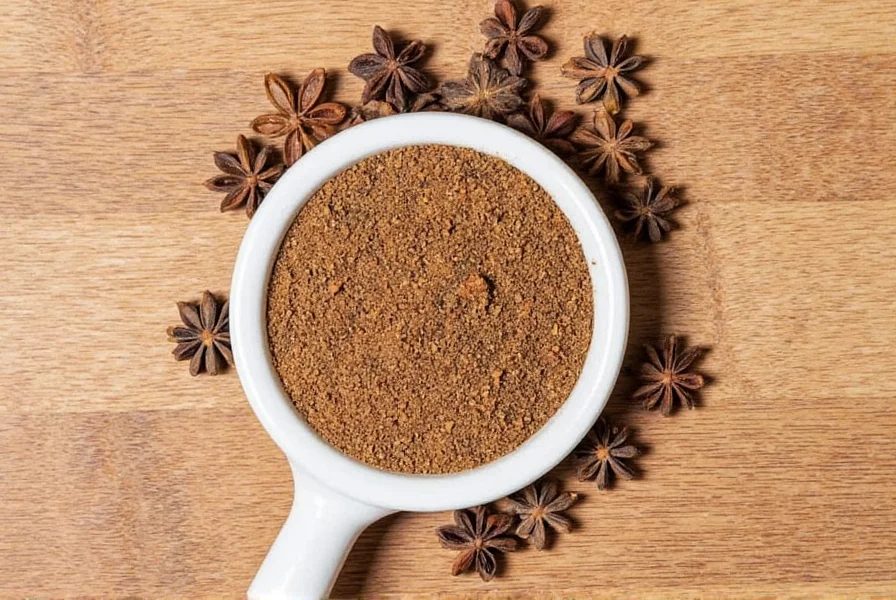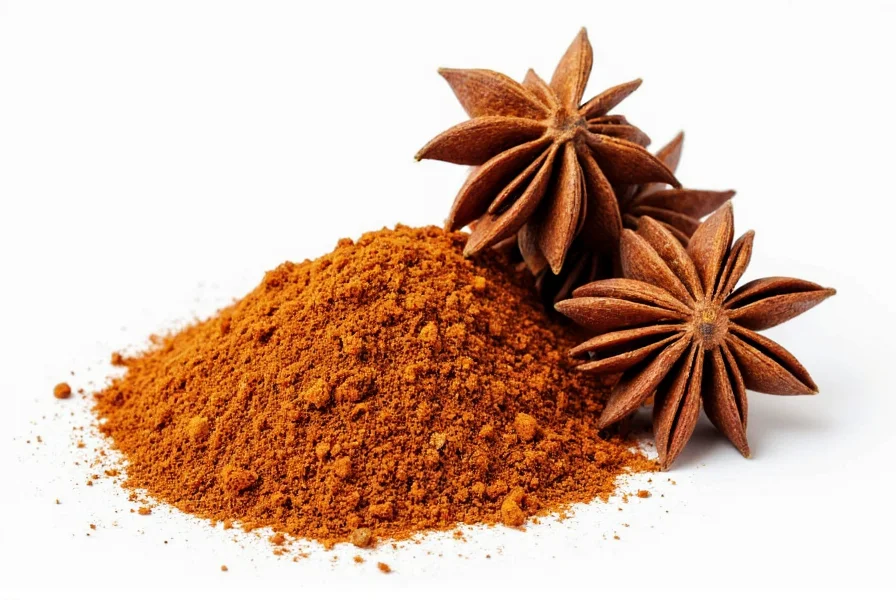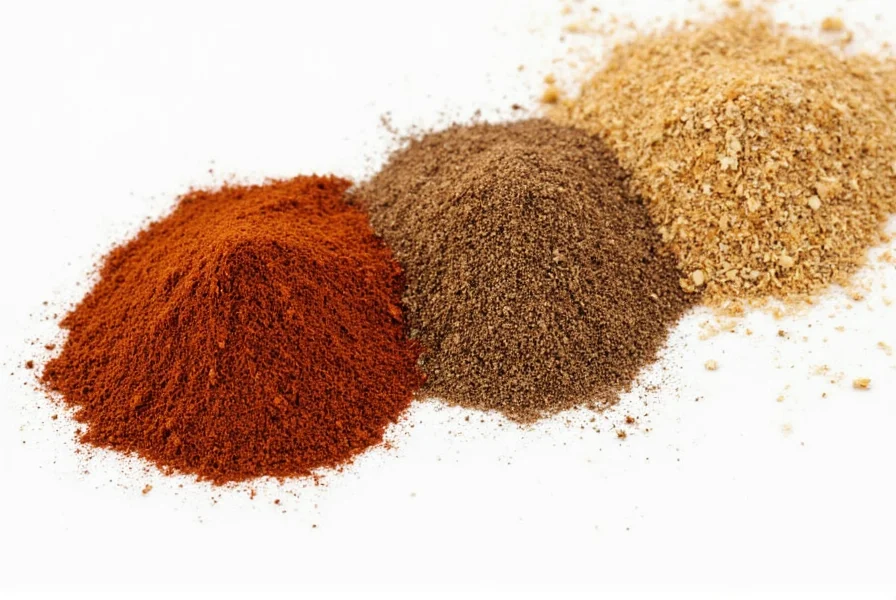Allspice remains one of the most misunderstood spices in culinary history. Many home cooks searching for what ingredients in allspice mistakenly believe they're purchasing a pre-mixed blend, when in reality, authentic allspice consists solely of Pimenta dioica berries. This common misconception stems from the spice's remarkable flavor profile that evokes multiple warming spices simultaneously.
What Exactly Is Allspice?
Botanically classified as Pimenta dioica, allspice comes from a tropical evergreen tree native to the Greater Antilles, southern Mexico, and Central America. The spice we know as allspice consists of the tree's small, round berries, which are harvested while still green and then sun-dried until they transform from green to reddish-brown and finally to a deep brown color.
When examining allspice ingredients list on commercial packaging, pure allspice should contain only one component: Pimenta dioica fruit. Be cautious of products labeled "allspice blend" which may contain additional spices like cinnamon, cloves, or nutmeg - these are not authentic allspice but rather commercial interpretations.

Why Is It Called Allspice?
The name "allspice" originated in 17th century England when British explorers encountered the spice in the New World. They noted that its complex flavor profile seemed to combine elements of several familiar spices:
| Flavor Component | Percentage of Flavor Profile | Comparable Spice |
|---|---|---|
| Warm sweetness | 40% | Cinnamon |
| Pungent sharpness | 30% | Cloves |
| Earthy warmth | 20% | Nutmeg |
| Peppery note | 10% | Black pepper |
This unique combination explains why people searching for what spices are in allspice often assume it's a blend. The berries naturally contain eugenol (also found in cloves), caryophyllene (present in nutmeg), and cineole (a component of cinnamon), creating the illusion of multiple spices in one.
Historical Journey of Allspice
Indigenous Taíno people of the Caribbean used allspice long before European contact, calling it "pimenta." Spanish explorers initially confused it with black pepper (Piper nigrum), hence the botanical name Pimenta dioica. By the 16th century, allspice became a valuable trade commodity, with Jamaica eventually becoming the world's primary producer.
The spice played a significant role in colonial trade routes and was so valuable that ships carrying allspice were often targets for pirates. Understanding the true nature of allspice composition helps appreciate its historical significance beyond just being a kitchen staple.
Culinary Applications of Pure Allspice
Allspice works exceptionally well in both sweet and savory applications. In Caribbean cuisine, it's essential for jerk seasoning and pickling. In Middle Eastern cooking, it features prominently in meat dishes and rice pilafs. Bakers value it for spice cakes, gingerbread, and fruit compotes.
When substituting allspice in recipes, remember that allspice vs mixed spices represents a fundamental difference. A proper substitute would be a 1:1:1 ratio of cinnamon, cloves, and nutmeg, though this blend won't perfectly replicate authentic allspice's complex chemistry.

Storage and Quality Considerations
To maintain optimal flavor, store whole allspice berries in an airtight container away from light and heat. Whole berries retain their potency for 2-3 years, while ground allspice loses flavor within 6-12 months. When evaluating allspice single spice explanation, remember that the fresher the berries, the more pronounced the complex flavor profile will be.
High-quality allspice should have a strong, sweet aroma with notes of clove and cinnamon. Avoid products that smell dusty or have little aroma, as these indicate old or low-quality spice.
Common Misconceptions Clarified
Many culinary resources perpetuate the myth that allspice is a blend. When researching why is it called allspice, it's important to distinguish between historical naming conventions and botanical reality. The name describes the flavor experience, not the composition.
Another frequent error involves confusing allspice with "Chinese five-spice," which is an actual blend containing star anise, cloves, Chinese cinnamon, Sichuan pepper, and fennel seeds. These are entirely different products despite similar naming conventions.
Frequently Asked Questions
Is allspice really a blend of spices?
No, authentic allspice is not a blend but a single spice made from the dried berries of the Pimenta dioica plant. Its name comes from its flavor profile that resembles a combination of cinnamon, cloves, and nutmeg, but it contains only one ingredient.
What gives allspice its complex flavor if it's just one spice?
Allspice berries naturally contain multiple flavor compounds including eugenol (found in cloves), caryophyllene (present in nutmeg), and cineole (a component of cinnamon). This unique chemical composition creates the perception of multiple spices in a single ingredient.
Can I substitute allspice with a blend of other spices?
Yes, but with limitations. A common substitute is mixing equal parts cinnamon, cloves, and nutmeg. However, this blend won't perfectly replicate authentic allspice's flavor because it lacks the specific chemical compounds found naturally in Pimenta dioica berries.
Why does my allspice not taste like multiple spices?
Old or low-quality allspice loses its complex flavor profile over time. Whole berries retain flavor longer than ground spice. For the characteristic 'all-in-one' flavor, use fresh, high-quality whole allspice berries that you grind yourself just before use.
Is Jamaican allspice different from other varieties?
Jamaican allspice is considered the highest quality due to the island's ideal growing conditions. It typically has a more complex, well-rounded flavor profile compared to allspice grown in other regions like Mexico or Honduras, which may emphasize certain flavor notes more strongly.











 浙公网安备
33010002000092号
浙公网安备
33010002000092号 浙B2-20120091-4
浙B2-20120091-4